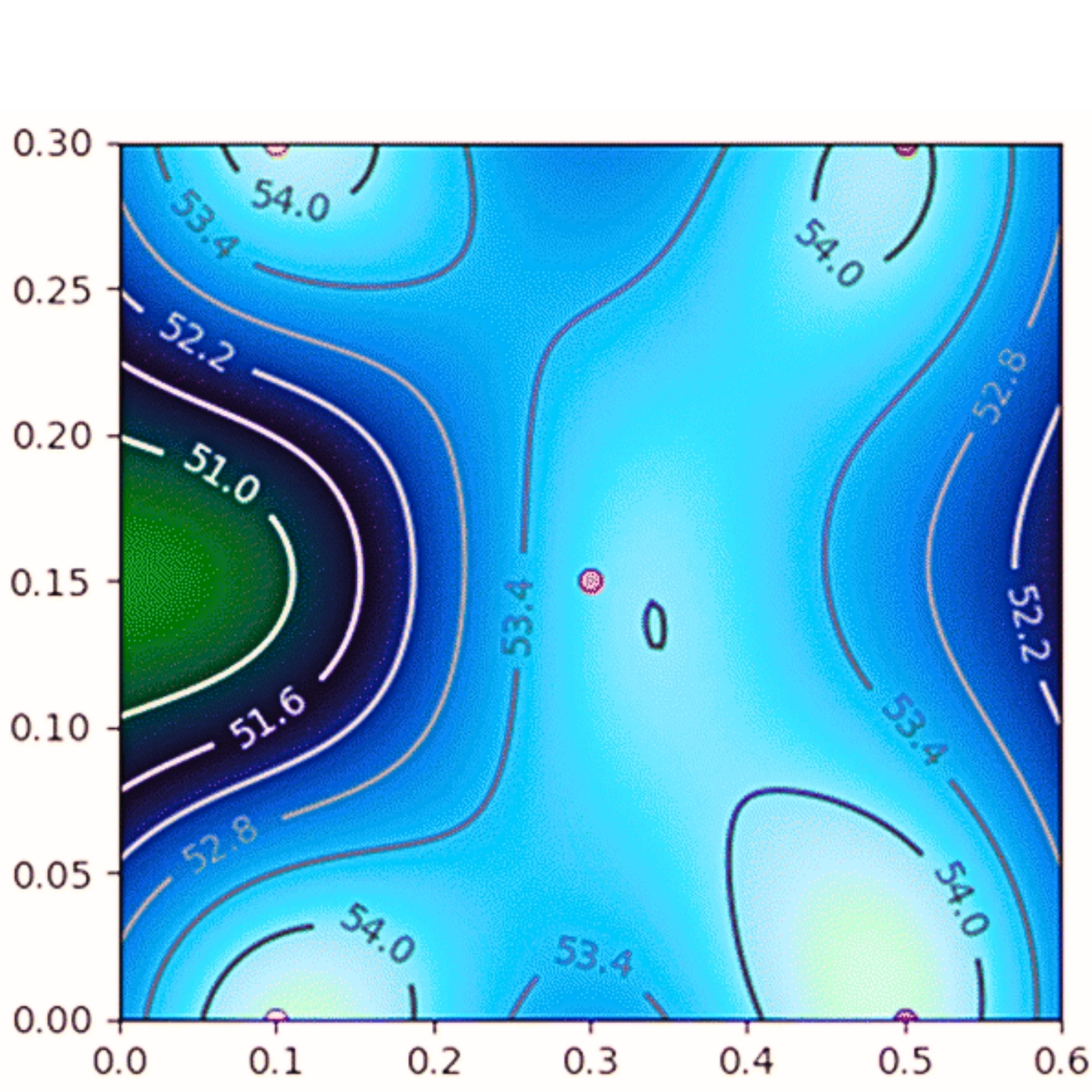Optimising a process influenced by multiple parameters is a common problem in research. This generally requires numerous time-consuming experiments. For instance, optimising a process with four variables would require 44 (256) experiments, which would take a considerable amount of time. Furthermore, this method carries a risk of failing to identify the optimal conditions if certain parameters have combined effects.
Researchers at
CEA-IRIG/SyMMES (UMR UGA, CEA, CNRS, Grenoble INP UGA) have developed a methodology based on a combined approach involving design of experiments and artificial intelligence. By exploring different parameters with a reduced design of experiments, they have produced a dataset that can be easily exploited by an artificial intelligence algorithm. This approach enables the creation of a visual map of the different areas of interest and the identification of the optimal testing conditions. It accelerates the visual optimisation process by enabling researchers to focus on areas or conditions that have been identified as optimal.
As part of their research into dye-sensitised solar cells, SyMMES researchers used this strategy to optimise an electrolyte solution containing numerous additives. Electrolytes are often complex formulations in which the components and additives can interact with each other in favourable or unfavourable ways. With so many interrelated parameters, it can be challenging to interpret experimental results and optimise formulations. In a study published in the journal Materials Horizons, the SyMMES team sought to maximise the energy conversion of these cells while maintaining high transparency — a challenging balancing act. This methodology enabled the researchers to understand the influence of each parameter and identify the optimal composition to achieve the best possible balance between solar energy conversion and transparency. The team quickly optimised a new electrolyte with four variables, conducting only 32 experiments and succeeding in simultaneously improving the efficiency and transparency of the solar cells.

Figure: Map created by artificial intelligence representing the optimisation of dye-sensitised solar cell transparency based on electrolyte components. Four local optima were identified using this approach. © CEA
This versatile new optimisation method has numerous applications. At SyMMES, it is currently being used to optimise the synthesis of quantum dots by exploring their composition. It is also being used to improve the deposition and composition of active layers in the latest generation of solar cells.
To achieve this objective, SyMMES will acquire a deposition robot as part of the AMARIA project, which receives financial support from the French programme France 2030's PEPR DIADEM and the CEA's Transversal Skills-Materials Programme (PTC-Matériaux). Using robotics to develop this methodology will speed up experimentation and reproducibility, significantly accelerating the development of active layer materials and solar cells.
The project involves partners from CEA-IRIG, CEA-LITEN, CEA Tech Bordeaux and the Courtois Institute in Montreal, Canada.
Fundings